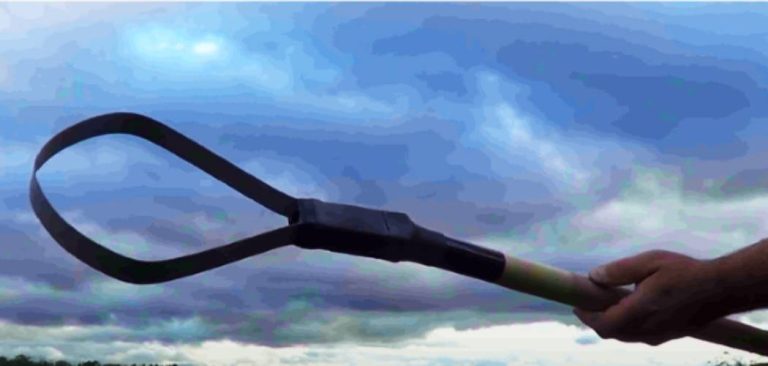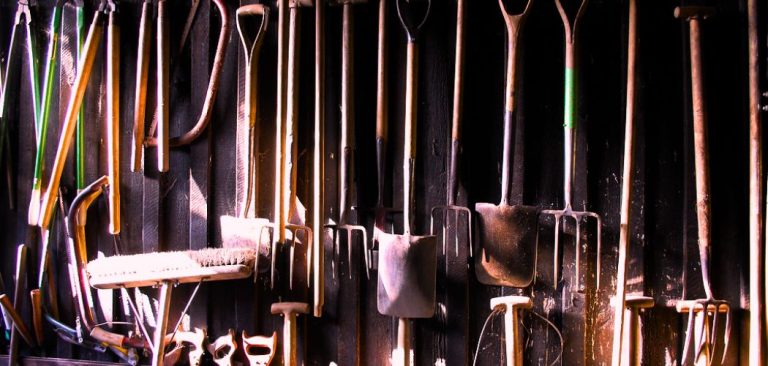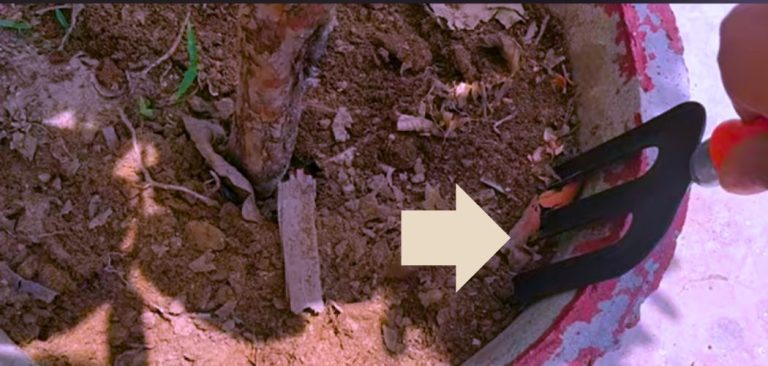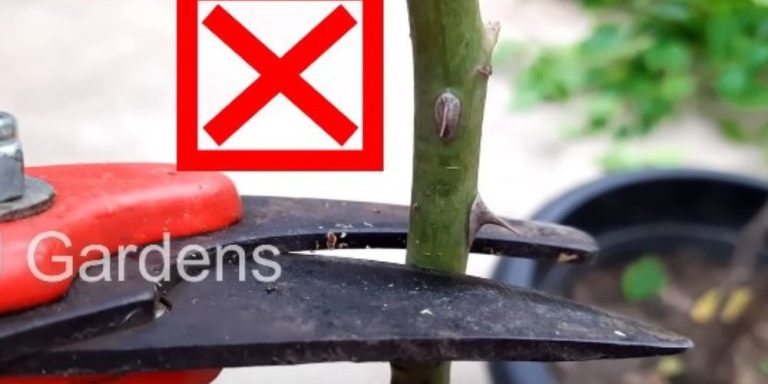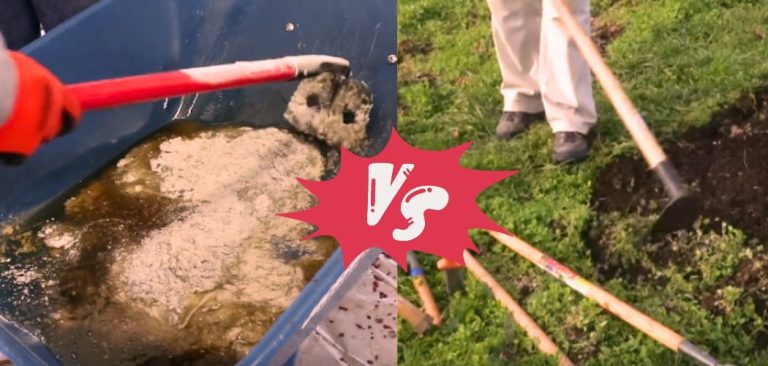How to Use Swoe Hoe
Unlock the potential of the swoe hoe, a versatile garden tool designed for precise weed control and soil aeration. This comprehensive guide delves into its uses, handling techniques, ideal applications, materials, advantages, disadvantages, and alternatives. Learn how to use the swoe hoe effectively and elevate your gardening skills.
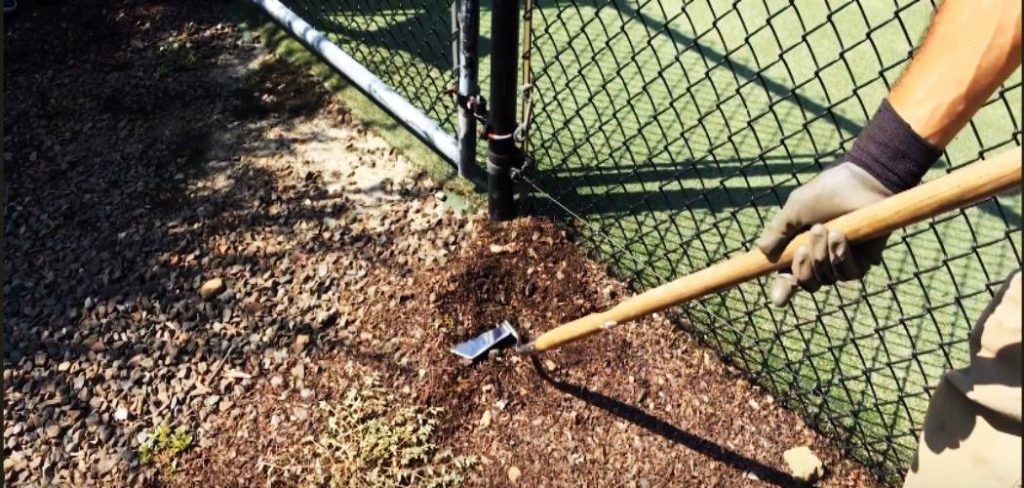
What is the Purpose of Using a Swoe Hoe?
The Swoe hoe, an evolution of the Dutch hoe, serves a precise role in gardening. Its primary purpose is twofold: weed control and soil aeration. With a single-sided cutting edge, it excels at slicing weeds below the soil surface, eliminating them while minimizing root disruption to neighboring plants.
This tool also facilitates soil loosening, enhancing aeration and root growth. Crafted with a wooden handle and stainless steel blade, it ensures durability and comfort. Furthermore, its versatility extends to creating furrows, hilling soil, and maintaining clean garden beds. The Swoe hoe is indispensable for meticulous and efficient garden care.
How to Use Swoe Hoe
Here are some key steps to effective weed removal using a swoe hoe:
Grasp the Handle
Start by holding the long handle of the needle with both hands. Make sure your grip is comfortable and secure.
Blade Orientation
The blade of the Soe Hee is designed to work just below the ground without disturbing plant roots. Place the blade parallel to the ground, with the sharp edge slightly below the soil surface.
Push and Pull
Employ a gentle push-and-pull action to maximize the effectiveness of the swoe hoe. Push it forward below the soil surface, allowing the blade to slice through the weeds. Then, smoothly roll it back toward you to cut and remove weeds at or below soil level.
Repeat the Motion
Continue this push-and-pull motion as you move through the area you’re weeding. The swoe hoe works best when used consistently and repeatedly in this manner. This technique allows you to clear weeds while efficiently minimizing surrounding plants’ disturbance.
Finally, if you are working in a crop garden, be very careful with the push-pull action of the swoe hoe, and use a controlled speed to avoid damaging the surrounding crops.
What is the Ideal Uses of Swoe Hoe
The swoe hoe is designed for specific garden tasks and environments. Discussing in detail where its use is more effective or why they are recommended for use:
Use Narrow or Brick or Tiles
When dealing with weeds invading narrow brick or tile paths, a rake is invaluable. Its design allows you to solve this problem effectively. By inserting the spade head vertically into the soil and applying pressure, you can effortlessly remove and remove weeds, ensuring the restoration of your path’s pristine appearance.
This makes the swoe hoe an essential tool for maintaining the aesthetics of such surfaces.
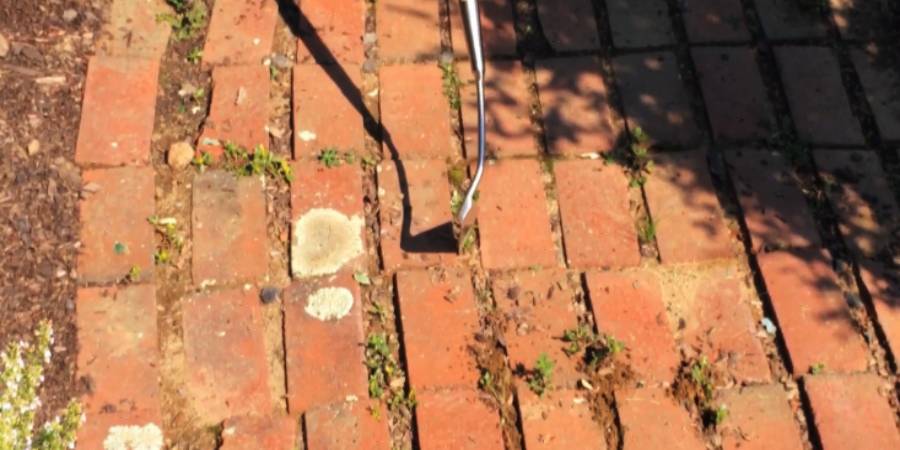
Narrow Spaces
Thanks to its thin and flat blade, the swoe hoe can clear weeds in tight or confined spaces between plants, vegetables, shrubs, and flowers. It can access areas that are challenging to reach with larger equipment.
Weed Control Around Vegetables
Its ability to work just below the ground without disturbing plant roots makes it particularly valuable for weeding around vegetables. It enables you to eliminate weeds while preserving the health of your crop.
Precise Weed Control
Swoe hoes excel at maintaining flower beds and landscaped areas where precision in weed control is crucial. This tool can target and eliminate weeds while preserving your desired plants, ensuring a well-manicured garden.
Versatility Across Soil Types
Regardless of your soil type, whether rocky or compacted, the swoe hoe is adaptable and efficient. It can effectively cut through weeds and break up compacted soil without causing significant harm, making it a versatile and reliable tool for various gardening needs.
Swoe Hoe Made Materials and Their Price
Materials
- Blade: Typically crafted from stainless steel or rust-resistant metal, ensuring durability and longevity.
- Handle: Available in wood (such as ash) or modern synthetic materials like fiberglass or plastic for weather resistance.
- Connection: A secure metal mechanism attaches the blade to the handle, ensuring stability during use.
Advantages and Disadvantages of Using Swoe Hoe?
Swoehoe has some advantages and disadvantages. So let’s know about it.
Advantages
- Swoe hoe is designed for precise weeding in tight spaces, minimizing damage to neighboring plants.
- Push-pull action quickly slices through emerging weeds below the soil surface.
- Maneuverability between plants due to its size; more extended oak handle reduces bending and strain.
- Can be turned on its side for edging garden beds or navigating between pavers.
- Slicing action minimizes soil disruption, preserving structure and reducing weed regrowth.
- Crafted with materials like stainless steel for longevity and frequent use.
Disadvantages
- Primarily designed for weedding tasks, not suitable for soil cultivation or turning.
- Efficient in tight spaces, less effective for vast weeding projects.
- Requires skill to remove weeds without damaging plants; beginners might need practice.
- Quality swoe hoes can be more expensive than essential hoe; initial investment might be higher.
- Less effective for weeds with deep roots; specialized tools might be needed.
What are some alternatives to the swoe hoe for gardening tasks?
Here are a few alternatives to the swoe Hoe:
- Garden Hoe: Versatile for weeding, cultivating, and furrowing.
- Hand Trowel: Precise for tight-space weeding, transplanting, and planting tiny seedlings.
- Hand Fork: Designed for loosening soil and small-area weeding and cultivation.
FAQs
What is the Correct Way to Grip a Swoe Hoe for Practical Use?
To use a swoe hoe effectively, firmly grip the long handle with both hands. Ensure your hold is secure and comfortable to maximize control.
What is the Recommended Strategy With a Swoe Hoe to Prevent the Regrowth of Weeds?
To effectively prevent weed regrowth, use the following recommended technique: Place the sharp end of the hoe very close to the weed and drive it vertically into the soil at a 45-degree angle. Apply pressure to uproot the weeds, pulling the hoe back, ensuring proper root separation.
This method is very effective in preventing weed regrowth but may not be suitable for very hard-rooted weeds.
Can I Use a Swoe Hoe for Different Types of Soil?
Yes, swoe hoes are versatile and can be used on various soils, including rocky or compacted soils. They can efficiently cut weeds and break up compacted soil without causing significant damage.
Conclusion
In conclusion, the above information regarding the uses and tips for utilizing the swoe hoe results from thorough research and practical experience. I welcome your input in the comments section if you hold alternative perspectives. Additionally, please share this article with your friends.
Read also:-

